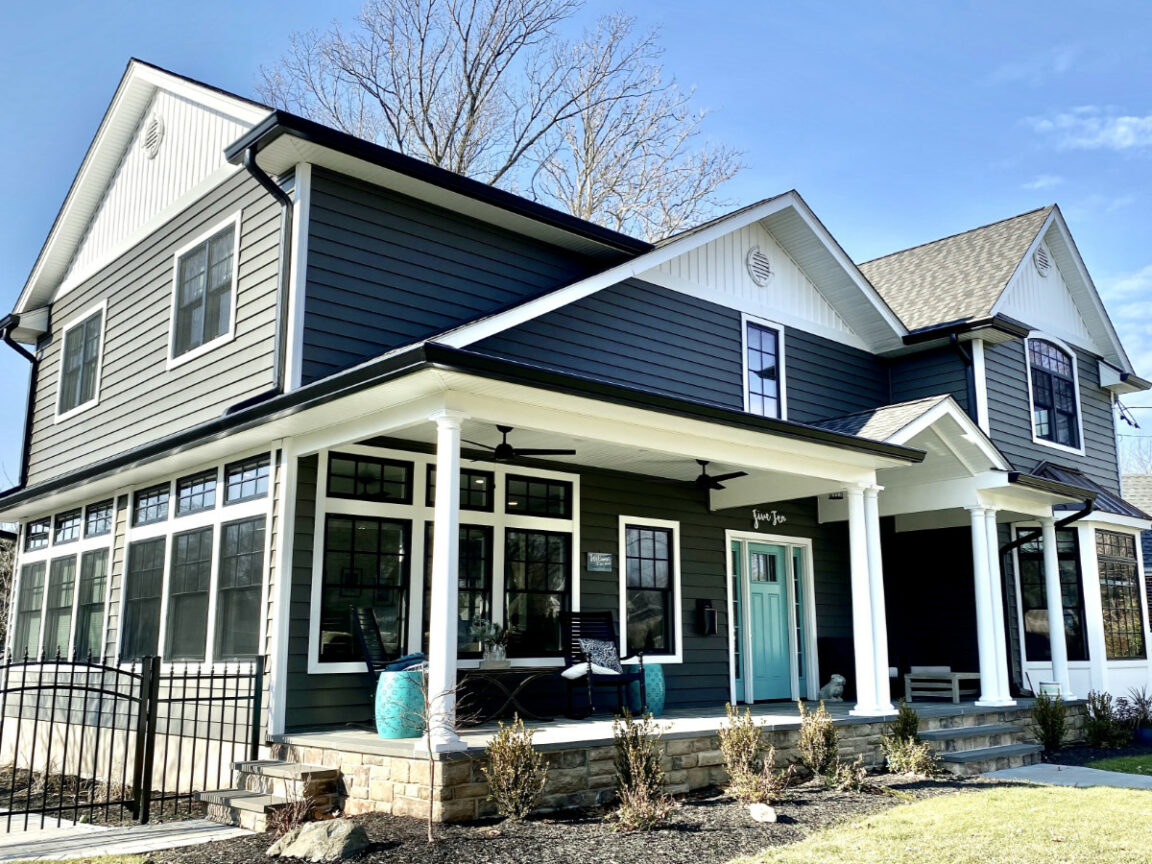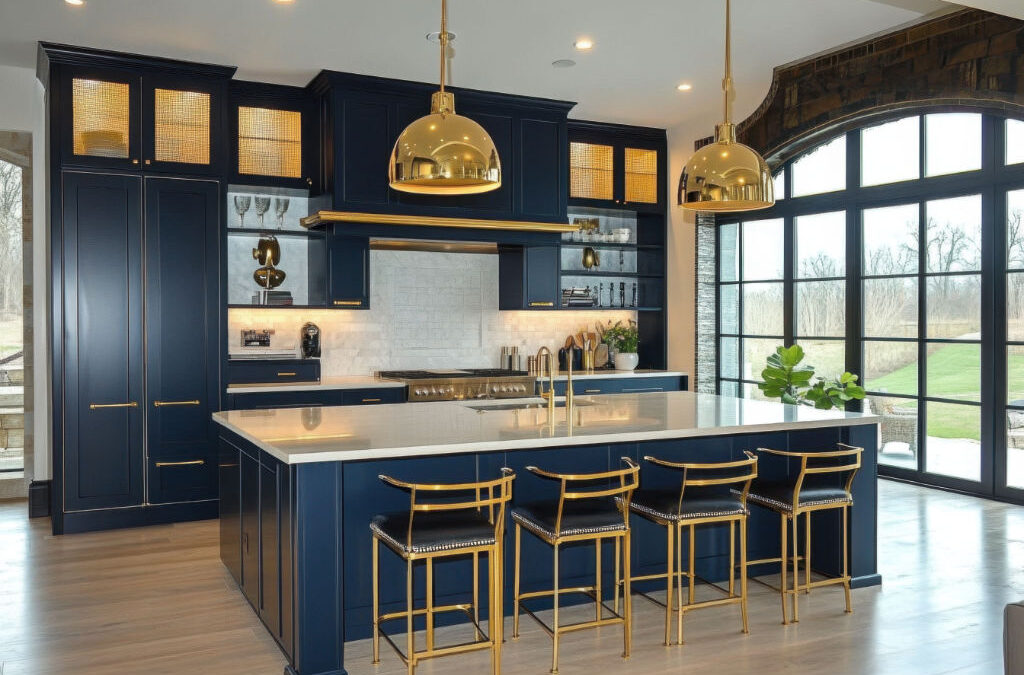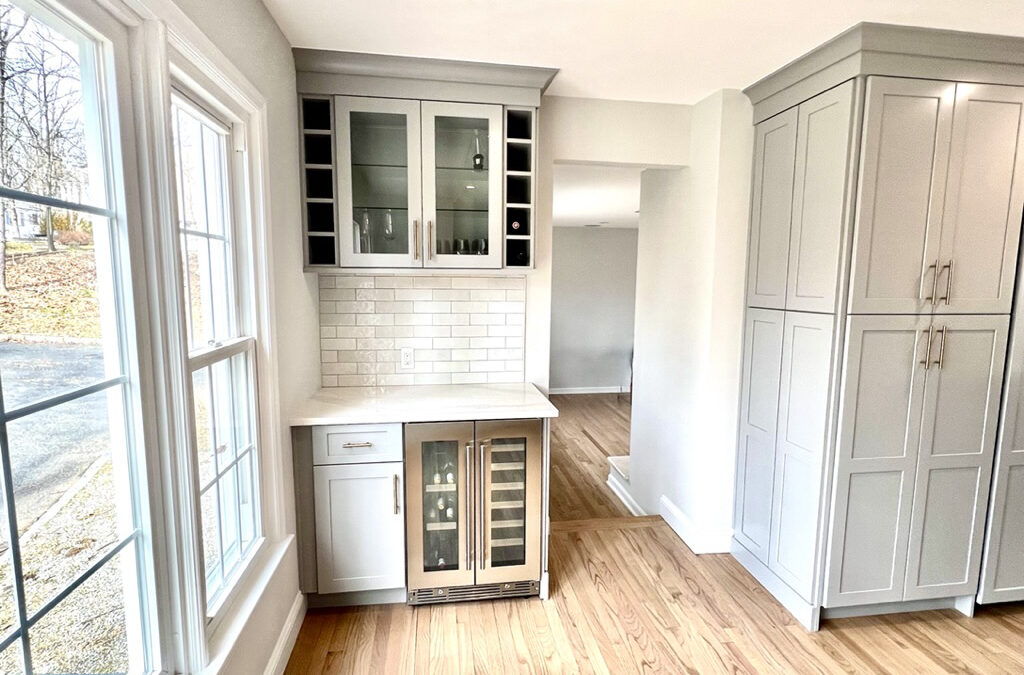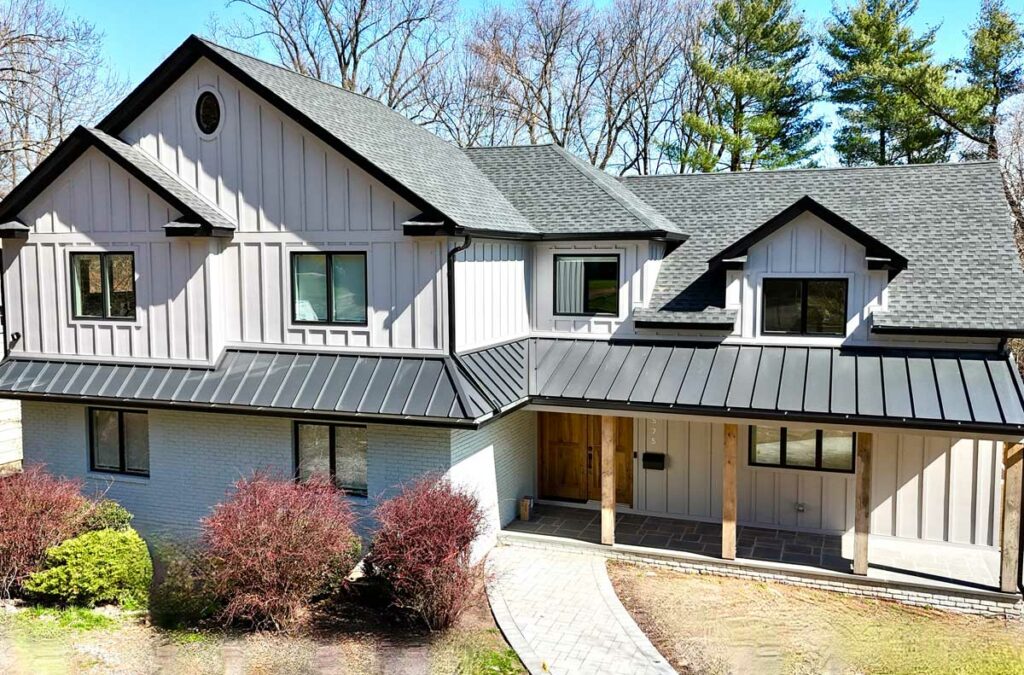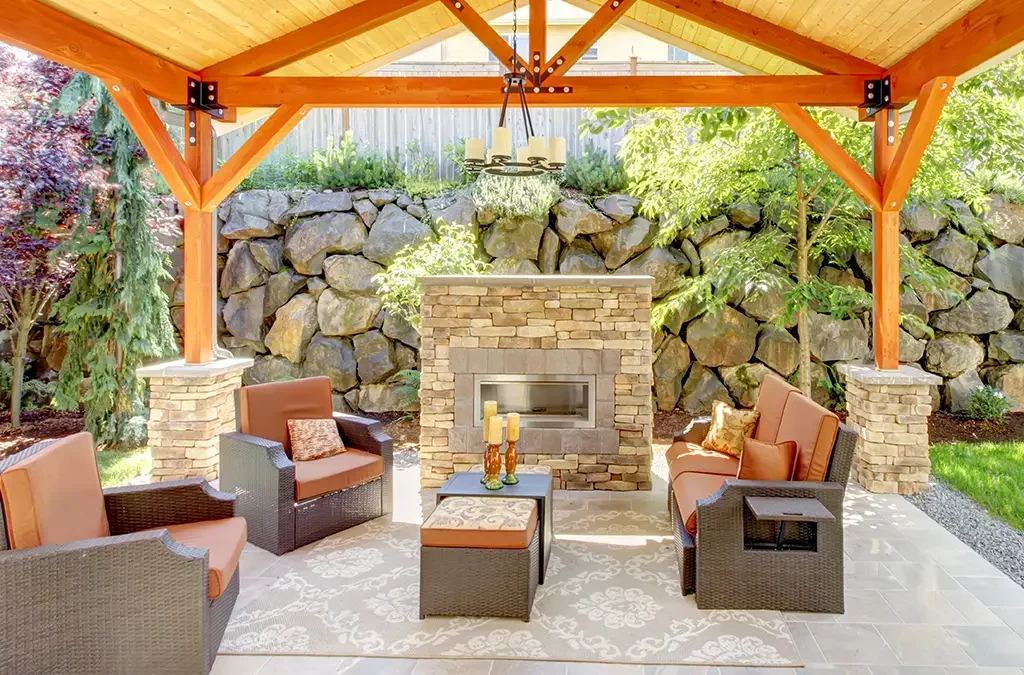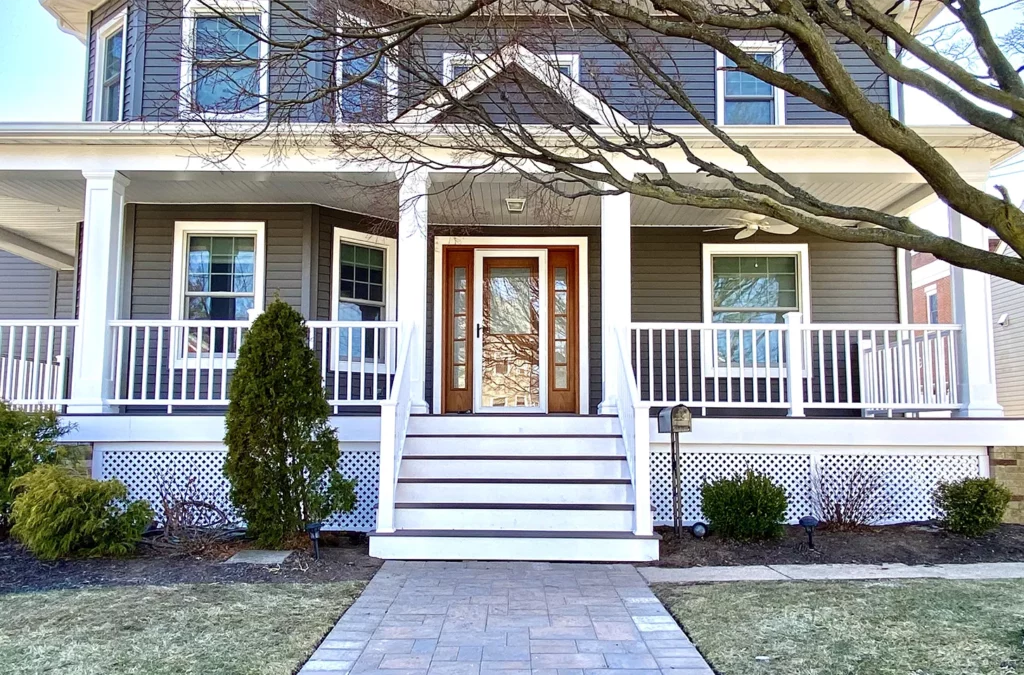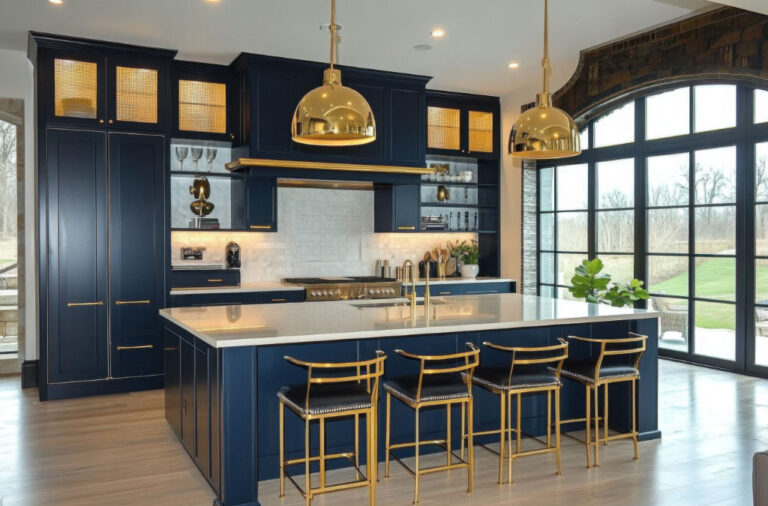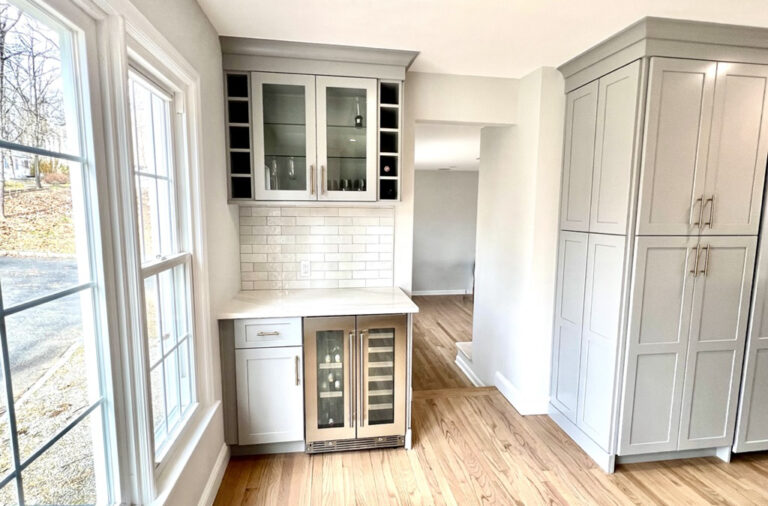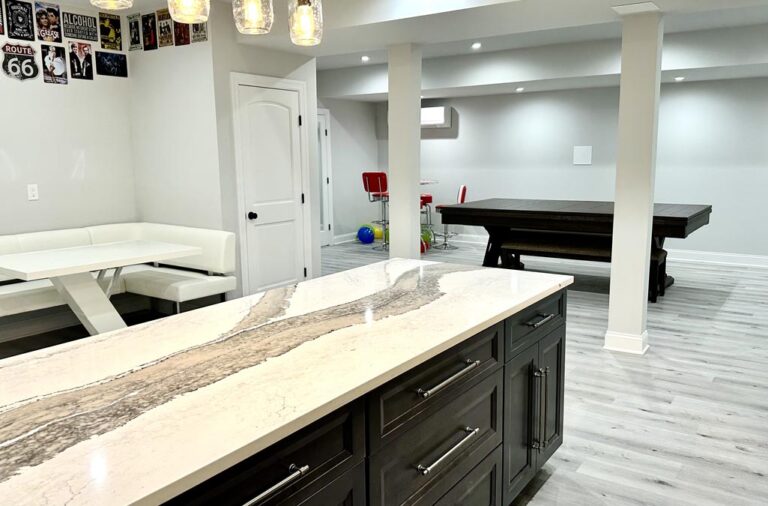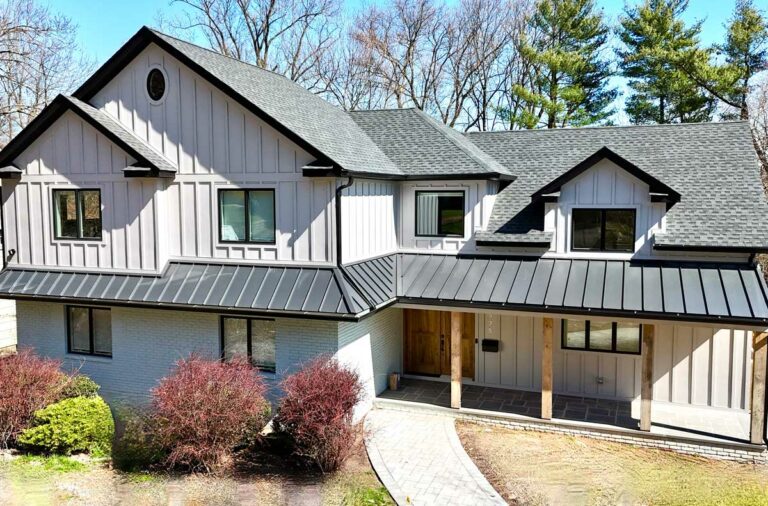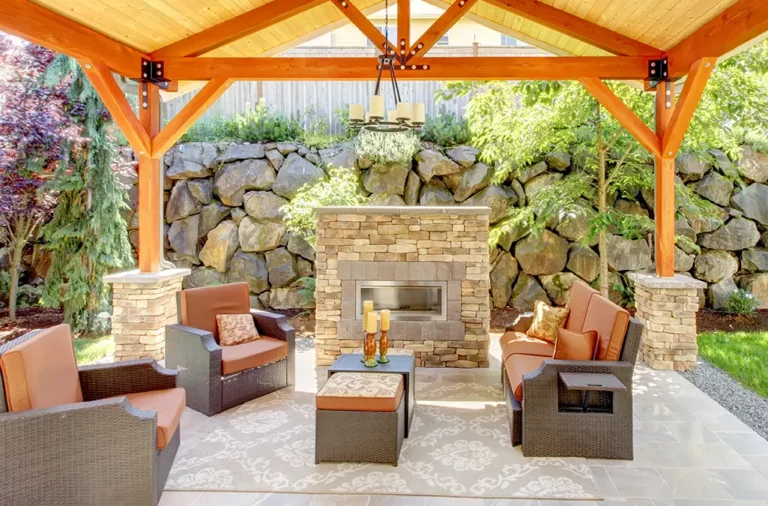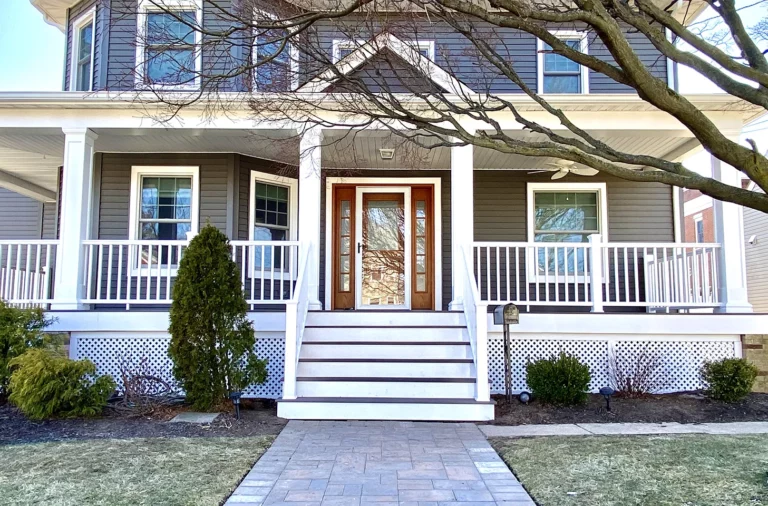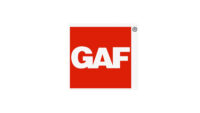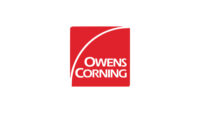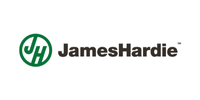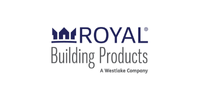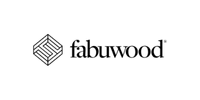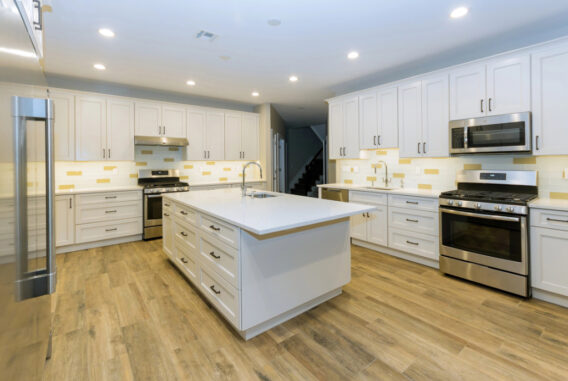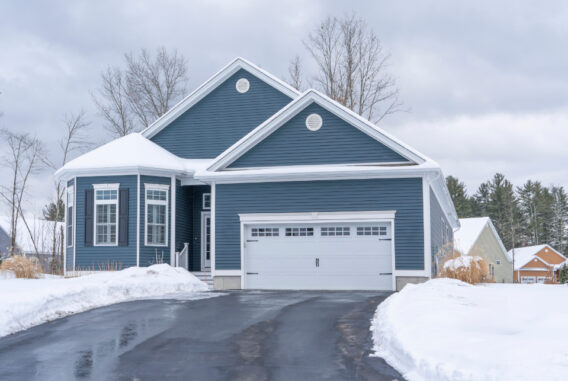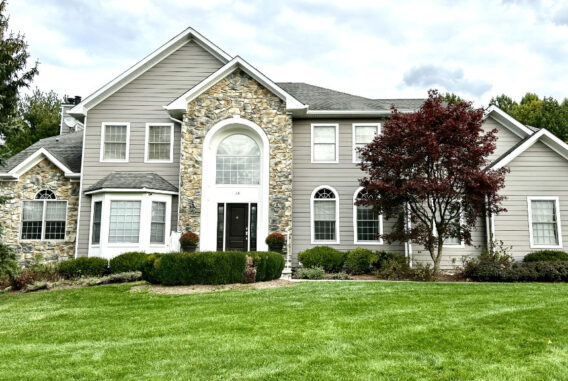About Us
A Top-Rated New Jersey Home Improvement Contractor
With over 30 years of experience, Magnolia Home Remodeling Group is the top home remodeling and renovation contractor in New Jersey. Specializing in interior and exterior remodeling, we offer affordable product options to fit any budget. As a fully insured, family-owned, and operated business, we are proud winners of the Angie's List Super Service Award.

Years of Remodeling Experience
Positive Customer Reviews
Successfully Completed Projects
Highlight Video
Transforming New Jersey Homes for Over 30 Years
Get an inside look at our hands-on approach, personalized service, and commitment to quality that has earned the trust of homeowners across New Jersey. From first consultation to final walkthrough, see how we bring your vision to life, on time, on budget, and with unmatched care.
Work with New Jersey’s top Home Remodeling Company
Our Portfolio
Find inspiration for your home renovation in New Jersey
Explore our portfolio and start the project of your dreams at an affordable price.
NJ Remodeling Services
We Take Pride in Providing the Best Home Remodeling Services to NJ Homes
-
Siding Installation
Magnolia Home Remodeling Group is a New Jersey siding contractor offering siding installation, including Vinyl Siding by Alside, James Hardie, CertainTeed, Ascend, Royal Building Products, and more.
-
Kitchen Remodeling
Magnolia Home Remodeling Group is a New Jersey kitchen contractor installing affordable custom kitchens. We offer full-service kitchen remodeling and kitchen renovation and will manage all facets of your project.
-
Basement Remodeling
Magnolia Home Remodeling Group is a basement remodeling, finishing, and renovation contractor in New Jersey. Our expert team offers reasonable prices and exceptional workmanship on all basement remodeling projects.
-
Windows
Magnolia Home Remodeling Group installs Energy Star-rated replacement windows for your home, helping to reduce your energy costs and increase your home’s style and value.
-
Bathroom Remodeling
Magnolia Home Remodeling Group is a New Jersey-based bathroom remodeling contractor offering affordable pricing for bathroom renovation projects.
-
New Jersey General Contractor
With 30 years of experience in the home remodeling and renovation market, Magnolia is a family-owned New Jersey general contractor that prides itself on high-quality craftsmanship and customer service that goes above and beyond.
From Interior to Exterior, Magnolia Home Remodeling Group Can Bring Your NJ Dream Space to Life!
Download Our PDF Catalog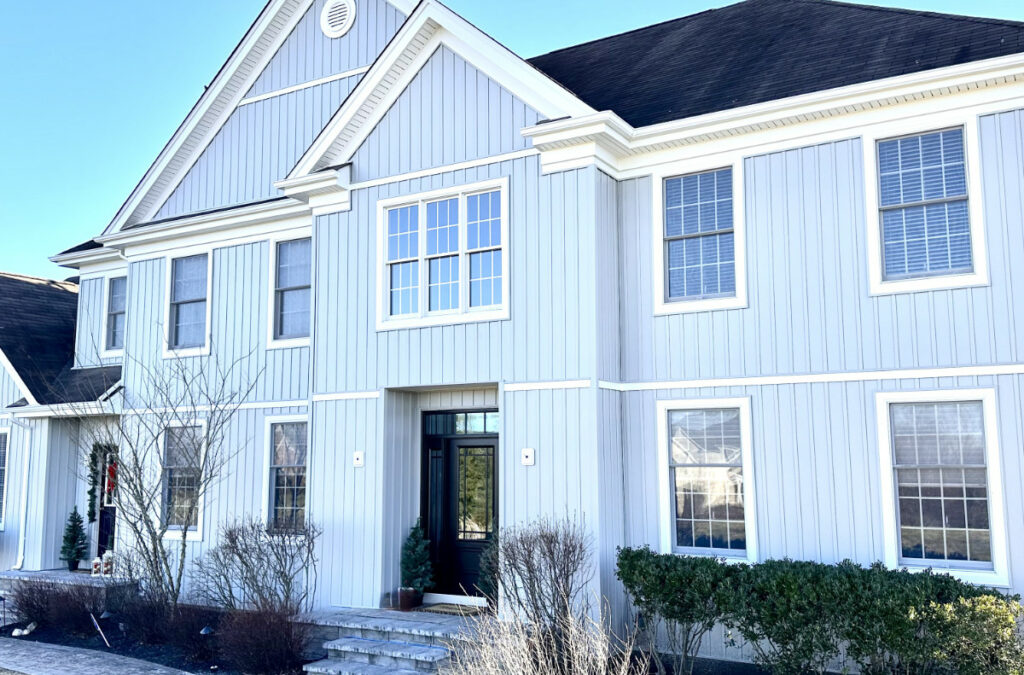
Testimonials


